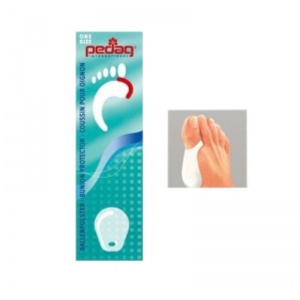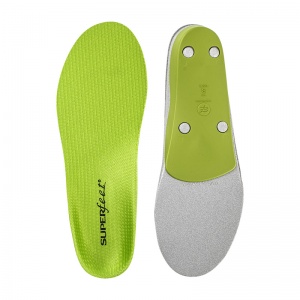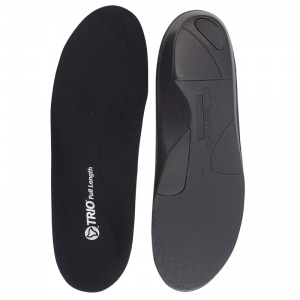| What is Hallux Valgus?10 July 2015 | John Hallux Valgus (more commonly known as a bunion) is when the big toe prominently angles towards the smaller toes due to a deformation of the first metatarsal joint. Because of this, a bony bump starts to show on the bottom side of the big toe, causing pain and making it difficult to walk. This isn’t a new bone growth; because of the toe angling, the end of the knuckle bone of the big toe becomes exposed. The angling of the big toe (or hallux in medical parlance) can cause the skin underneath the bump to become infected and the foot can become so wide as a result of the bunion that it can be hard to find correctly-fitting shoes. It’s important that you get as much help with your bunion as possible — once you have a bunion, you have it for life unless you have corrective surgery. What are the Symptoms of Hallux Valgus?The main symptom is pain in your big toe and/or a swollen big toe. Because of the position of bunions, they can cause severe pain and limit your movement. The skin surrounding the protruding bone can start to thicken and redden as a result of the bunion, due to twisting causing the bony growth to rub against shoes, which forms a callus. In some extreme cases, the force of the big toe can deform the second toe, and can even force the second toe out of place. What are the Causes of Hallux Valgus?There is no clear, defined cause of bunions however they do appear to run in families. Wearing improper footwear (such as narrow shoes like high heels) can also cause bunions to form, as they can cause the big toe to angle towards the smaller toes. High heels are a notorious culprit for this because of the way they can constrict the feet. In fact, it is theorised that this is the reason why bunions are more common in women than men. How Can Shoe Insoles Help with Hallux Valgus?There are several ways a good shoe insole can help with Hallux Valgus. For one, they can help to nudge the big toe bone into a more natural position, which can help to relieve the symptoms of Hallux Valgus. In addition, the right shoe insole can help relieve the pressure the bunion is put under. Because of its position, the bunion frequently has to take your whole body weight as it walks, so relieving this pressure can help make walking easier and less painful. A bunion splint can also help with the problem by straightening the alignment of the big toe and different versions of bunion splints are available for both day and night-time use. If you suffer from Hallux Valgus and are interested in getting a shoe insole to help with, you can visit Shoe Insoles to check out our range of Shoe Insoles for Hallux Valgus.
|











